
Published: Last Updated:
Readtime: 11 min
Every product is carefully selected by our editors and experts. If you buy from a link, we may earn a commission. Learn more. For more information on how we test products, click here.
Buying a new MacBook can be a stressful experience. There are multiple models which come with different processors, memory, and storage capabilities, as well as hosting entirely different port selections, and if you’re not a particularly technical person, it can be difficult to know where to start.
Well, we’re hoping to do you a solid here and help you understand where each MacBook shines, and which one is best suited to your particular needs. We’re going to make an assumption here that you already want to pick up a MacBook, and break the use-cases down for each device so that as long as you know what you’ll want to use it for, you can make an informed choice.
With that out of the way, let’s compare the MacBook Air and MacBook Pro models we’ll be looking at today, as well as define what each is best at.
The Best MacBooks You Can Buy Today
| For Most Users: MacBook Air (M4) | For Power Users: MacBook Pro (M4 Pro) | For Budget Users: MacBook Air (M1) | |
| Price | From AU$1,699 | From AU$3,299 | Approximately AU$800 |
| Internals | – Processor: Apple M4 chip, 10-core CPU, 8-core GPU, 16-core Neural Engine – Memory: 16GB, 24GB, 32GB – Storage: 256GB, 512GB, 1TB, 2TB | – Processor: Apple M4 Pro chip, 12/14-core CPU, 16/20-core GPU, 16-core Neural Engine – Memory: 24GB – Storage: 512GB, 1TB, 2TB, 4TB | – Processor: Apple M1 chip, 8-core CPU, 7-core GPU, 16-core Neural Engine – Memory: 8GB, 16GB – Storage: 256GB, 512GB, 1TB, 2TB |
| Display | – 13.6” Liquid Retina display – 2560 by 1664 resolution – 60Hz refresh rate | – 14.2” Liquid Retina display – 3024 by 1964 resolution – 120Hz refresh rate – Nano-texture available as upgrade | – 13.3” Retina display – 2560 x 1600 resolution – 60Hz refresh rate |
| Camera | – 12MP Center Stage camera – 1080p video recording | – 12MP Center Stage camera – 1080p video recording | 720p FaceTime HD Camera |
| Networking | – Wi-Fi 6e – Bluetooth 5.3 | – Wi-Fi 6e – Bluetooth 5.3 | -Wi-Fi 6 – Bluetooth 5.0 |
| Ports | – MagSafe 3 connector – 2x Thunderbolt 4 USB-C – 3.5mm audio jack | – MacSafe 3 connector – 3x Thunderbolt 5 USB-C ports – 3.5mm audio jack – HDMI 2.1 port – SDXC card slot | – 2x Thunderbolt 3 USB-C -3.5mm audio jack |
| Battery | 53.8Wh lithium-polymer battery | 72.4Wh lithium-polymer battery | 49.9Wh lithium-polymer battery |
| Dimensions | Size: 1.13cm x 30.41cm x 21.5cm Weight: 1.24kg | Size: 1.55cm x 31.26 x 22.12cm Weight: 1.60kg | Size: 1.61cm x 30.41cm x 21.24cm Weight: 1.29kg |
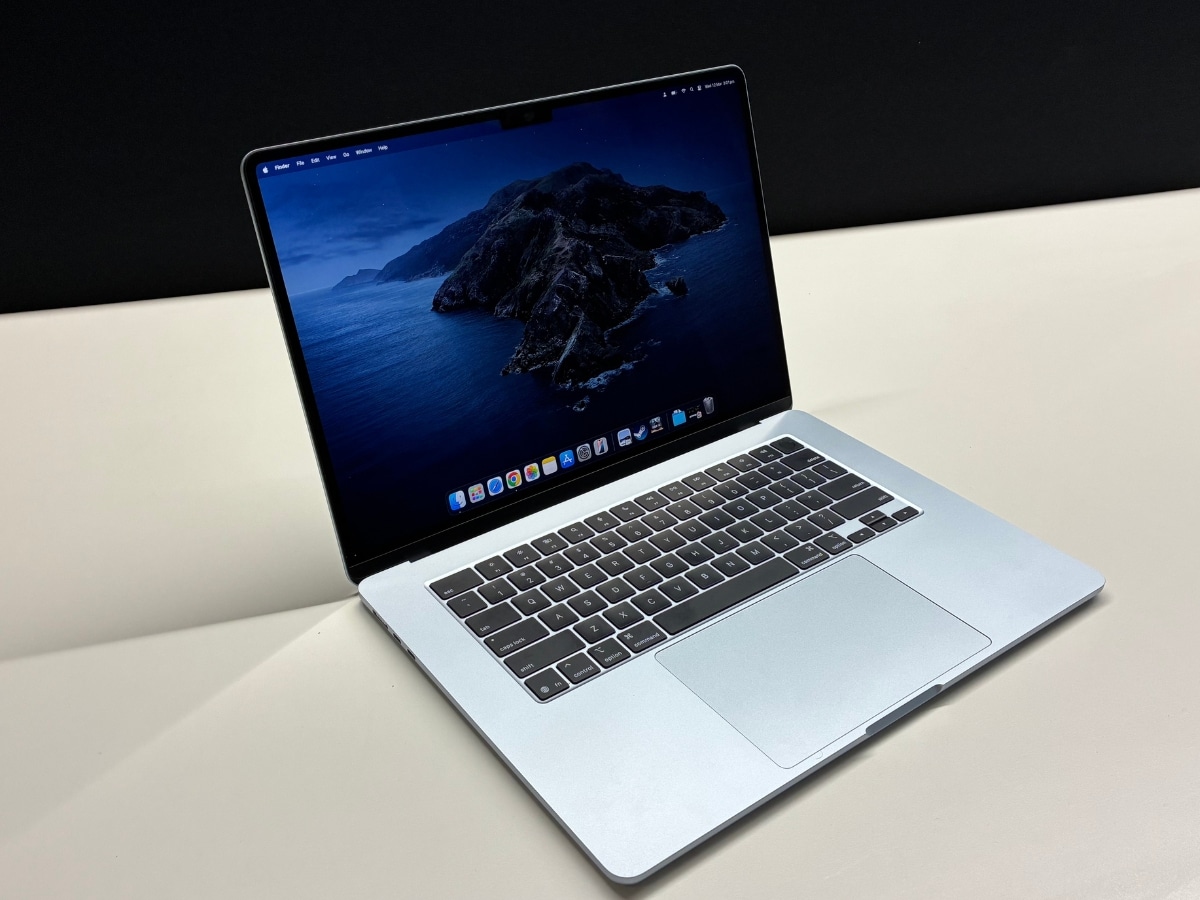
1. For Most People: 13” MacBook Air (M4 or M3)
- Best For: Portability, general use
- Not Ideal For: Graphics or computationally heavy workloads, gaming
There’s no real doubt that for most people looking to get their hands on a great laptop (and who are comfortable in macOS), the MacBook Air (AU$1,699) is the undisputed king. It offers among the best power-to-battery efficiency in any laptop on the market today, and is now powered by Apple’s most powerful chip, the M4.
Don’t think that this laptop is going to go toe-to-toe in more complex operations as the MacBook Pro, though – it might be using the same chipset, but it’s a pared-back version of the M4 at its base configuration. That’s not to say that it isn’t an impressive chip, but just keep your expectations in check.
What you’re getting, though, is a thinner, lighter, more portable device that handles a lot of what a MacBook Pro could with a great display, fewer ports, and less storage (unless you’re willing to pay up). The Liquid Retina display in the Air lacks the ProMotion tech Apple reserves for its higher-end gear, meaning it’s capped at 60Hz. This isn’t a huge deal if you’re only using it for everyday tasks, with a bit of Netflix, YouTube, or Apple TV+ thrown in, but if you’re thinking about diving into some competitive gaming or animation work, this probably isn’t the laptop for you.
You can also upgrade to a 15” MacBook Air (AU$2,099) if you think you’ll use the extra real estate, but you’re losing a bit of portability for a bigger screen, and the cost-to-performance ratio starts getting stretched when you compare what you’re getting to the 14” MacBook Pro. Yes, the 15” Air is cheaper and bigger, but you’re also going to be paying quite a bit more for not much improvement compared to the base Air, beyond a bigger screen.
In fact, when we reviewed the M4-equipped MacBook Air, we were left impressed that Apple had managed to eke out a bit more power in such a small frame, but if you don’t need that extra power, there’s little reason to pick up the most recent Air compared to an M3-equipped variant unless you’re shelling out for a higher amount of unified memory: the M4 can handle up to 32GB of faster memory, while the M3 is capped at 24GB.
Keep in mind that Apple isn’t selling M3-equipped MacBook Air units new anymore, though you’ll be able to grab a refurbished one here.
If you’re in the market for a fast, powerful, portable MacBook, there’s little reason to look elsewhere.
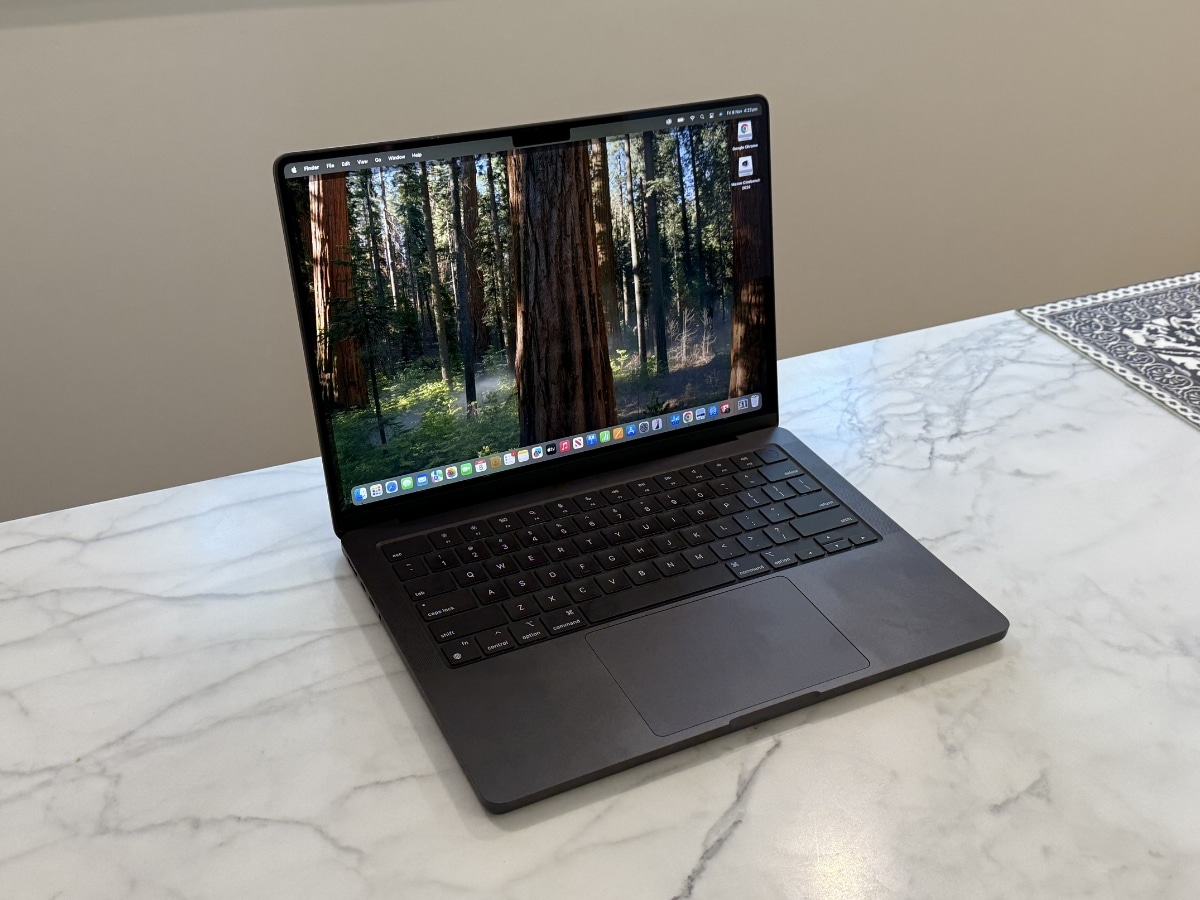
2. For Power Users: 14” MacBook Pro (M4 Pro)
- Best for: Video, photo, and audio editing, more demanding workflows
- Not ideal for: Thin and light portability
While the Air is aimed at everyday productivity, the MacBook Pro is geared firmly at those of us in need of something with a bit more power behind it, and it definitely delivers on that promise. While you can pick up a MacBook Pro equipped with the base M4 chip, we’d recommend looking at the M4 Pro as the real upgrade pick here (AU$3,299).
Compared to the ‘regular’ M4 chip, the M4 Pro sports more CPU and GPU cores, which will enable it to take on significantly more demanding workloads without slowing or hitching. In fact, the higher-tier M4 Max is an even bigger upgrade, delivering three times the GPU cores of a base M4 chip, but the price difference gets a bit out of hand. Still, if you want the best of the best, the M4 Max-equipped MacBook Pro is it.
For most professionals, though, the M4 Pro-equipped MacBook Pro is the best bang for your buck. It not only delivers significant gains over the M4 chip in terms of photo and video editing or graphics processing, but also includes Thunderbolt 5 USB-C ports, as well as an SD card slot and HDMI port, which should go a long way in helping professional workflows stay smooth.
And while it delivers significantly more power, it doesn’t lose much in terms of battery life. The Pro comes equipped with a bigger battery than the Air, which helps keep it alive for those clutch moments you can’t find an outlet, but also adds to the weight. There’s no denying the Pro is a tad less portable than the Air, but the performance gains are significant enough that, for the right user, this is a worthwhile trade-off.
Plus, compared to the Air, you’ll get access to a stunning Liquid Retina display capable of hitting a 120Hz refresh rate, which makes scrolling smooth and unlocks higher frame rates in Mac-compatible gaming: there are quite a few great games on the App Store now which play surprisingly well on Apple Silicon.
If you’re looking for something to handle creative tasks, the MacBook Pro is definitely the pick.
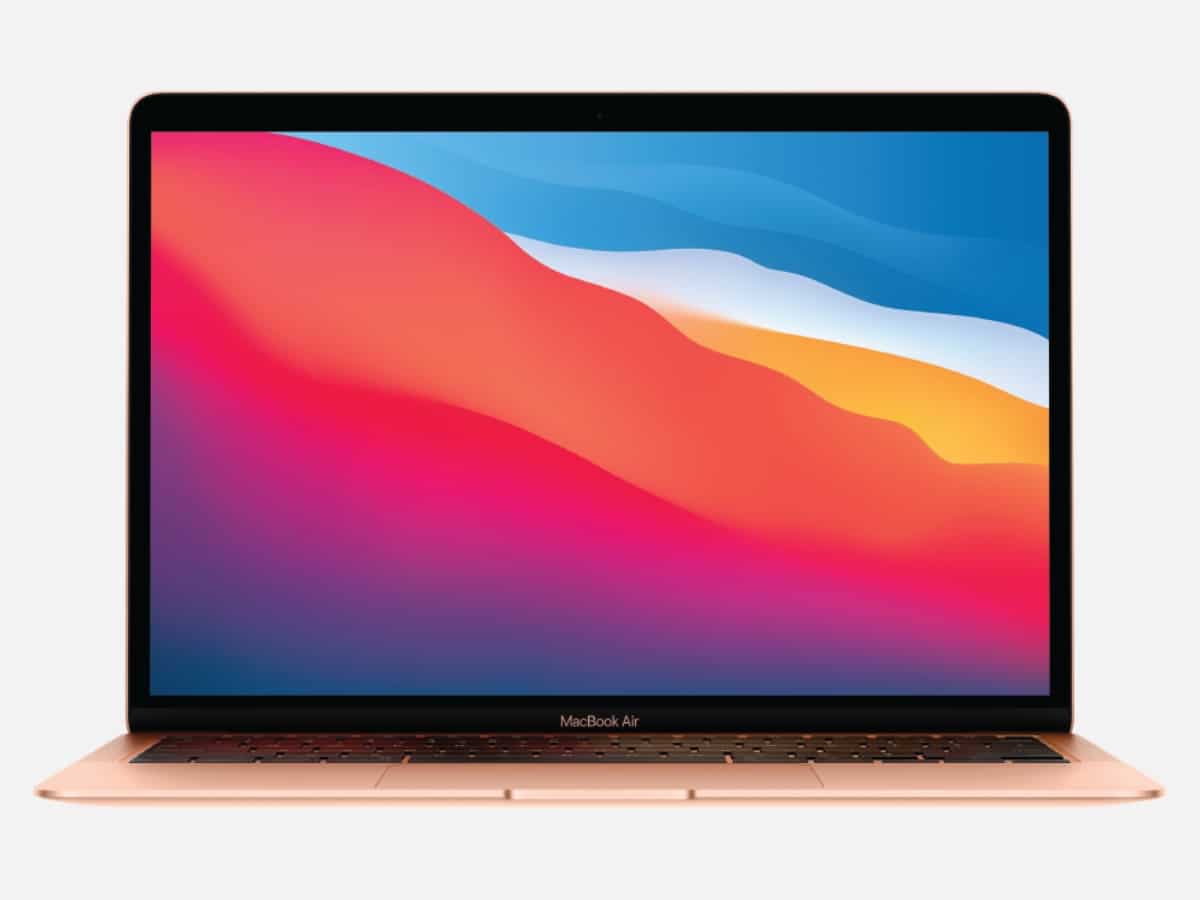
3. For Budget Users: 13” MacBook Air (M1 – Refurbished)
- Best For: Portability, general use, on a budget
- Not Ideal For: Graphics or computationally heavy workloads, gaming
You might be wondering in what world is any Apple device ‘budget’? You wouldn’t be wrong, but you can get a decent deal on some of the company’s older devices if you know where to look, and aren’t afraid of getting a refurbished model.
In that vein, the best pick for someone looking to get into the Mac ecosystem in the cheapest way, without sacrificing too much power, is the M1-equipped 13” MacBook Air. First launched in 2020, the M1 MacBook Air was the first of Apple’s laptops to feature its impressive Apple Silicon, and the performance gains it unlocked make it a no-brainer as a place to start.
Yes, you’ll be losing out on the bells-and-whistles that have been brought in with each subsequent iteration on Apple’s M-series chips, but you’re getting a thin and light laptop that will still feature great battery life. It’s also worth noting that the M1 MacBook Air doesn’t include an internal fan, which means that it’ll stay quiet regardless of what you’re doing, but does mean it’ll begin throttling if you push it too far.
You can’t pick up the M1 model at Apple anymore, even refurbished, so if you’re going down this route you’ll have to look to refurbished resellers such as Reebelo.

How to Decide Which MacBook Is Right For You?
Not sure where in the above paradigm you land? MacBooks aren’t exactly known for being cheap, so it’s important to understand what you’ll largely be using the device for before you drop a few thousand dollars on it. To help you figure it out, we’ve come up with 5 important questions to ask yourself in order to figure out which of the above options would be best for you – or even if you need a new laptop at all.
- What’s the Use Case? It’s tempting to just go all out and buy something top-of-the-line, but the difference between picking up a top-tier MacBook and the one that actually suits your needs could be thousands of dollars. If you’re only planning on using the laptop for general-use tasks, such as video streaming and surfing the web, as well as light productivity tasks like word processing and Excel spreadsheets, a MacBook Air is going to deliver everything you need and more.
If, however, you plan on editing large video, audio, and image files, and plan on using the MacBook as your all-in-one base of operations, a MacBook Pro is going to be more suited to your needs. - What Accessories Are You Planning on Using? While both the Air and Pro have totally abandoned the USB-A port, that doesn’t mean the included USB-C ports are equal. The Air’s USB-C ports are Thunderbolt 4-capable, while the Pro’s are Thunderbolt 5. If you don’t know what that means, it probably won’t matter to you, but Thunderbolt 5 cables can hit significantly higher transfer speeds and enable the Pro to function better with an external graphics card or when daisy-chaining multiple displays. Keep in mind that the Pro also includes an integrated SD card slot and HDMI port, making it even more useful if you’re planning on using SD cards or HDMI cables.
- How Big Are You Willing to Go? While the Air starts at a 13” display and can be upgraded to 15”, the Pro starts at 14” and goes up to 16”. This means that you might also need to consider what size fits your needs when thinking about which model to get. Typically, we’d recommend the 13” and 14” models pretty universally, as the cost associated with getting a bigger device without a boost to power isn’t necessarily worth it, but to each their own. We’d recommend going into an electronics store and checking out the sizes on display to decide what’s best for you.
- What’s Your Budget? There’s no point in wanting the top of the range if you can’t afford it, so take a really honest look at what you can afford, how far you could stretch, and how necessary the additional features of the Pro model are. If you can make do with an M1-powered device, you’re going to save a lot of money in the process.
- Do You Really Need to Upgrade Yet? Are you upgrading because you actually need a new device? Or are you just being lured by something new and shiny? We’ve all been there, but it’s definitely worth stretching the life of your devices as far as you can – these things aren’t cheap to make, are expensive, and their impact on the planet isn’t insignificant. If you can make it even an extra year with a device, you’ll have saved yourself money (since the price of new electronics will come down) and will have made the device you already purchased even better value for money (since it lasted you even longer).
Hopefully this article has helped you decide which MacBook is right for you, and if you’re looking to complete your Apple Addiction, we also have a guide on which iPhone is best for each person’s use case that might be of interest.





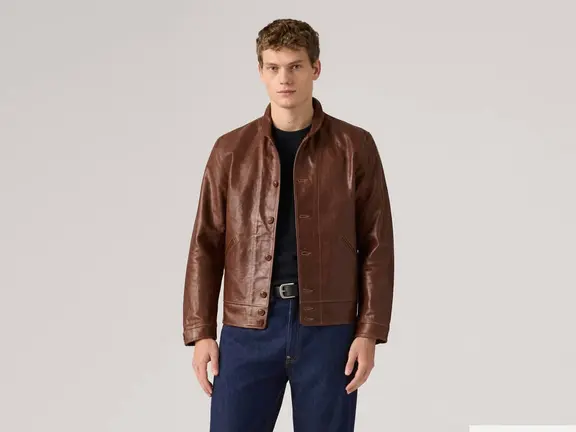

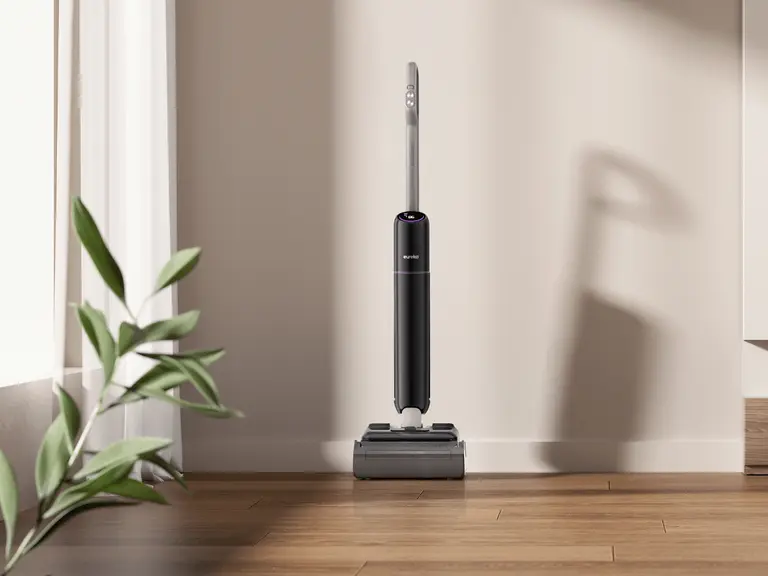










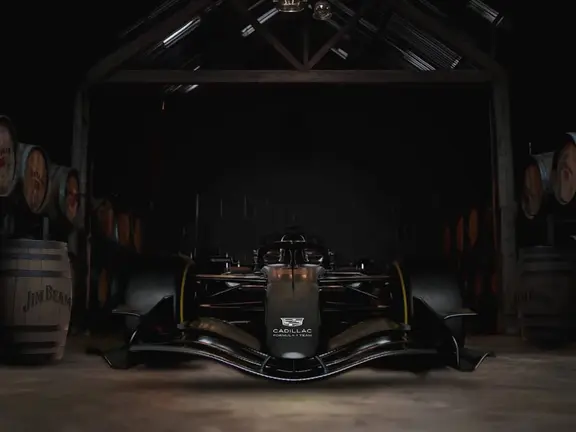




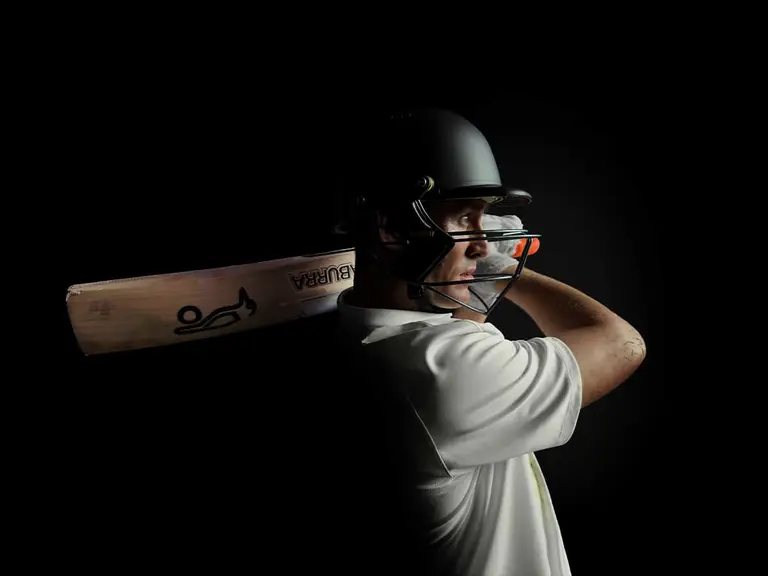

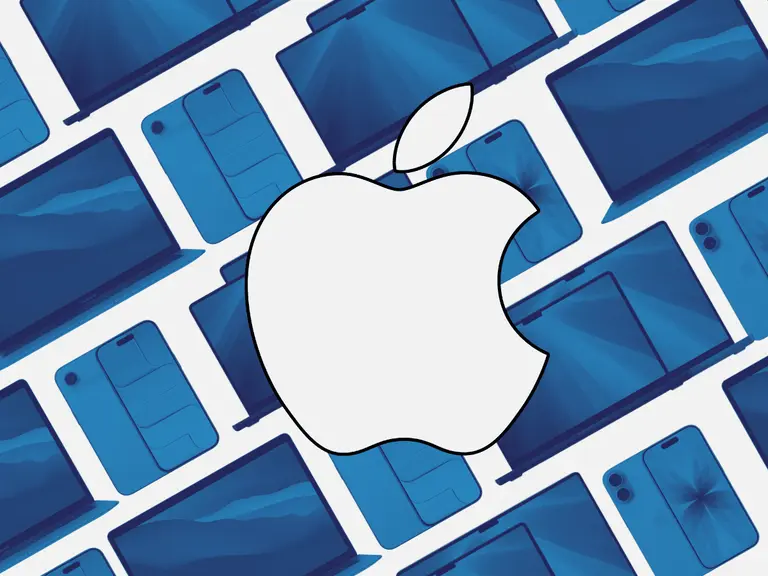


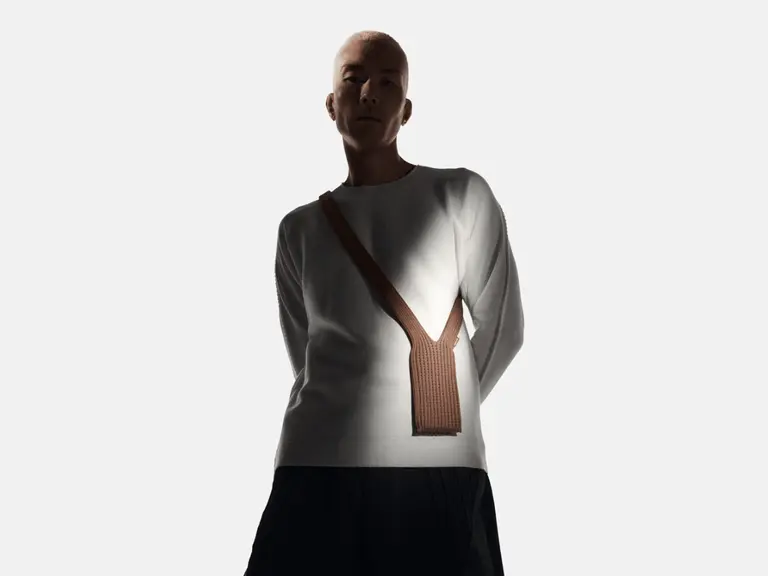


Comments
We love hearing from you. or to leave a comment.